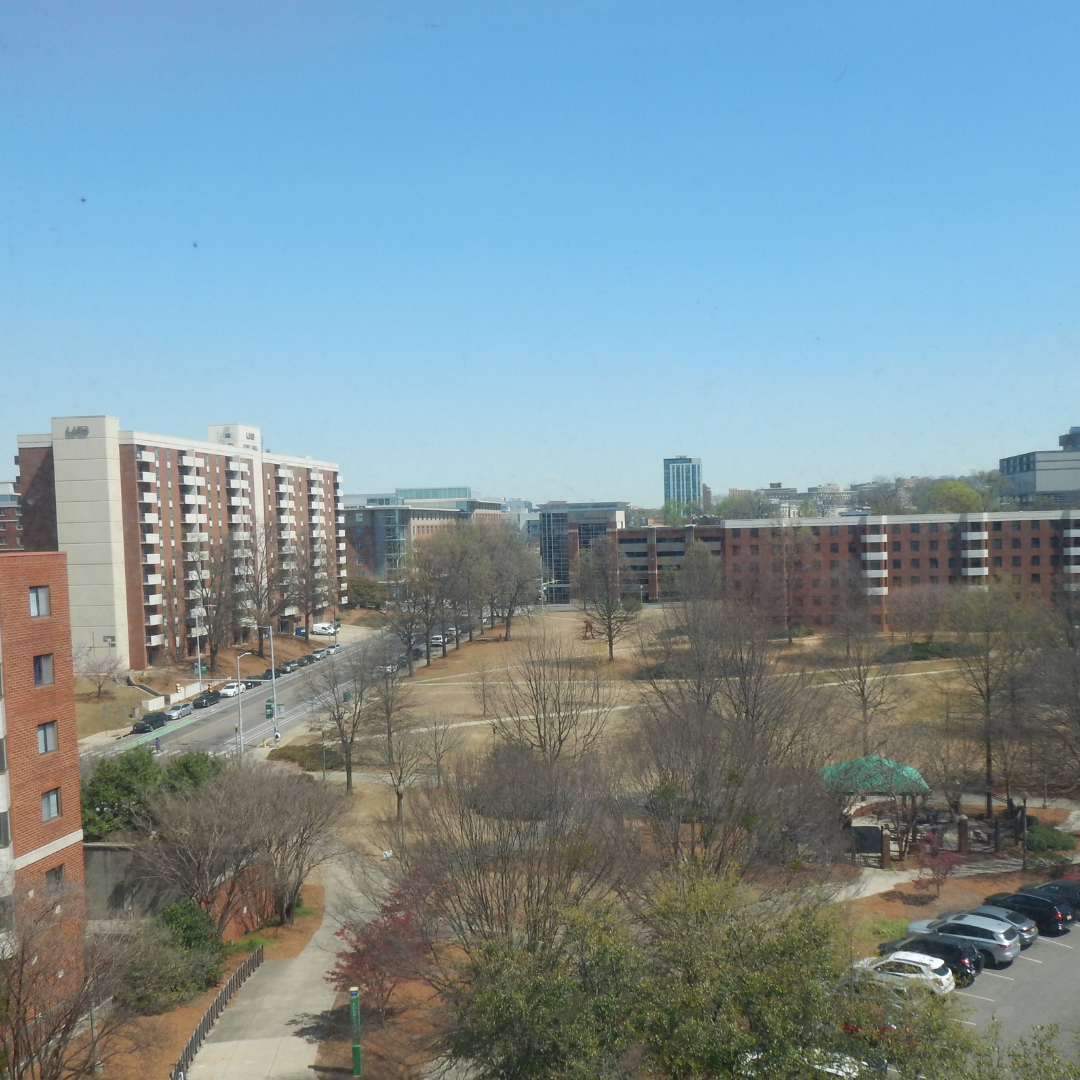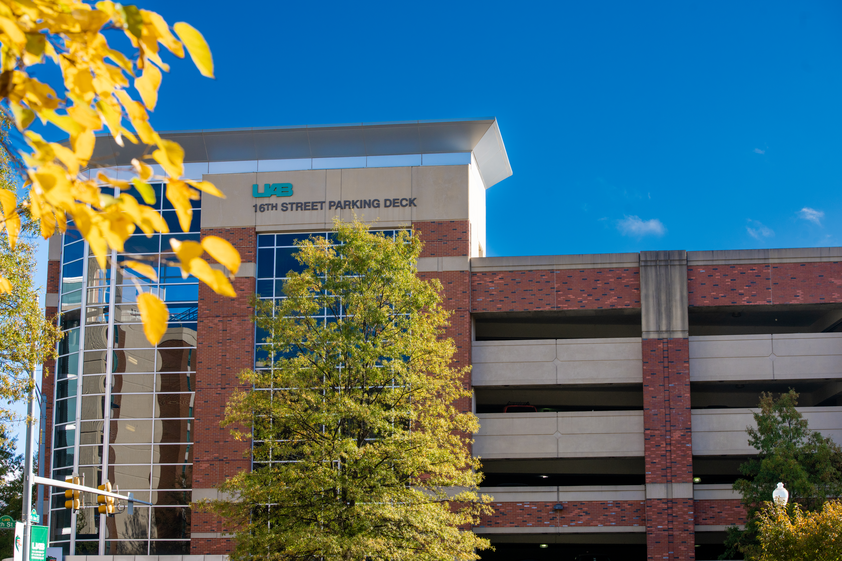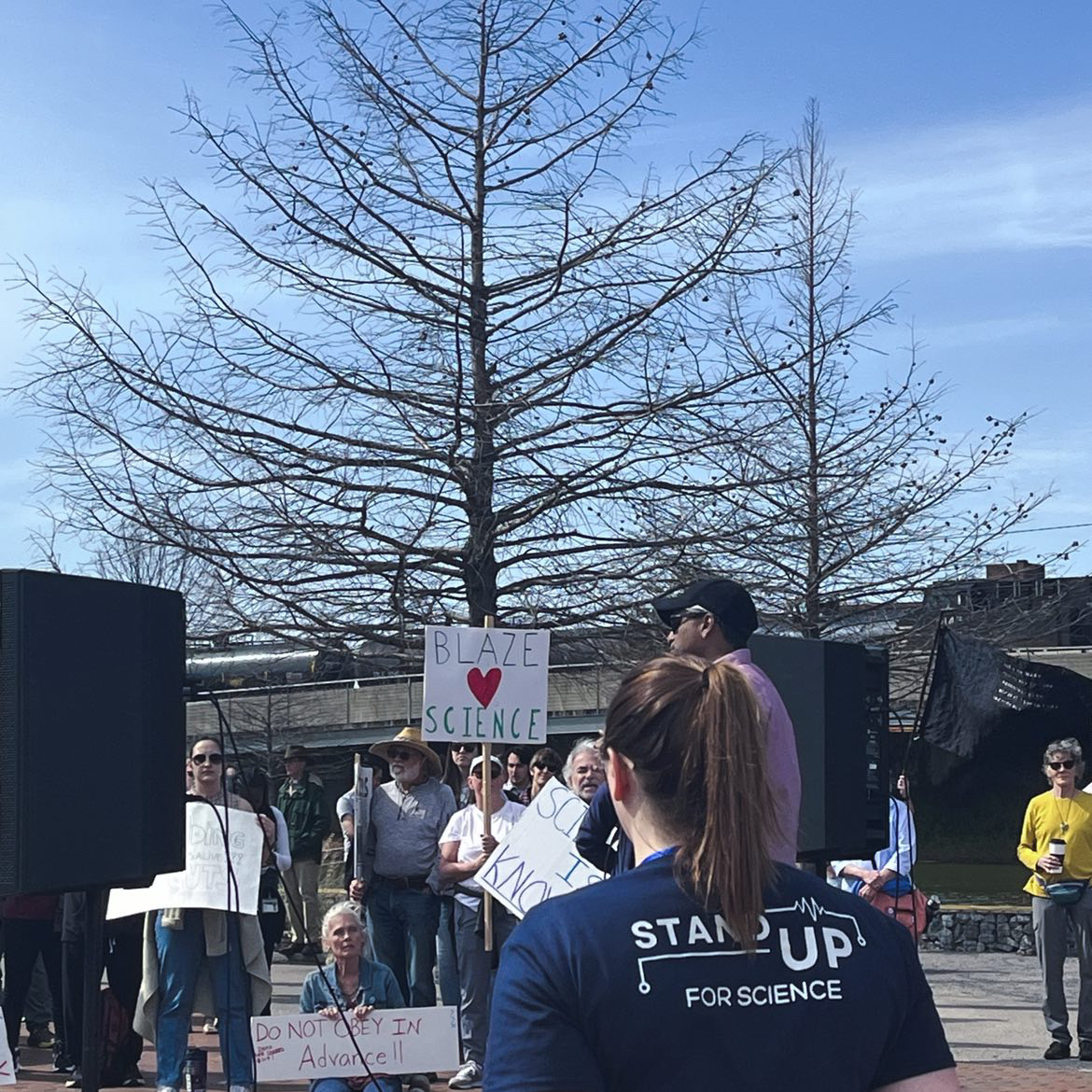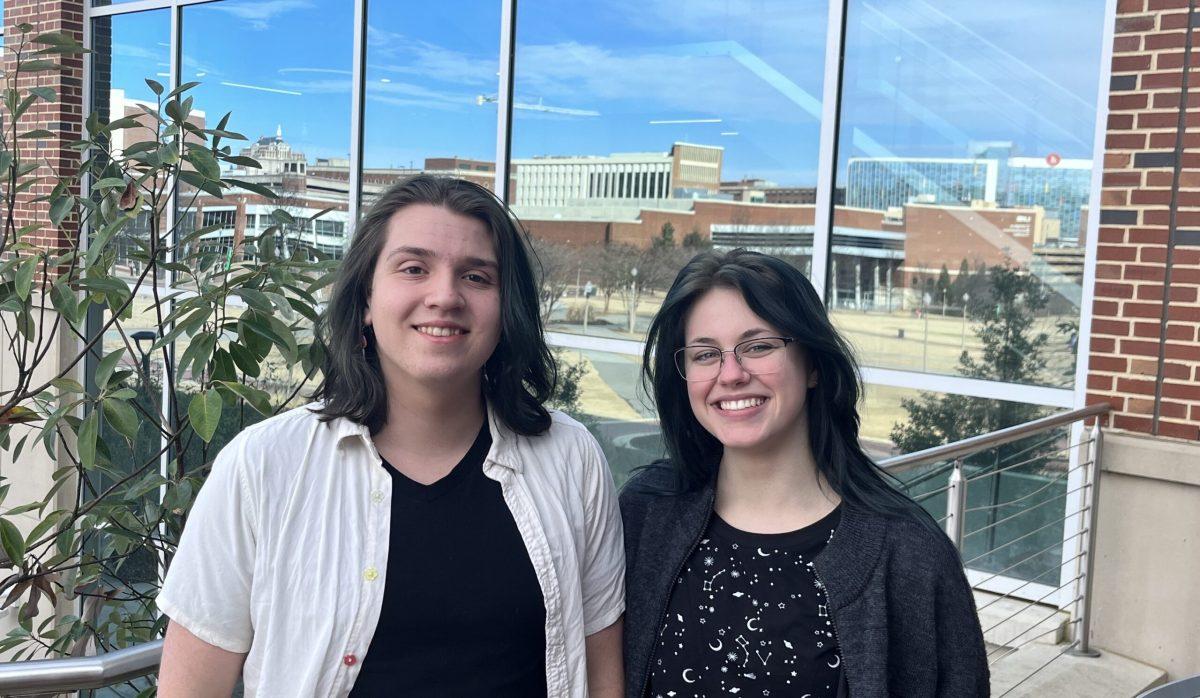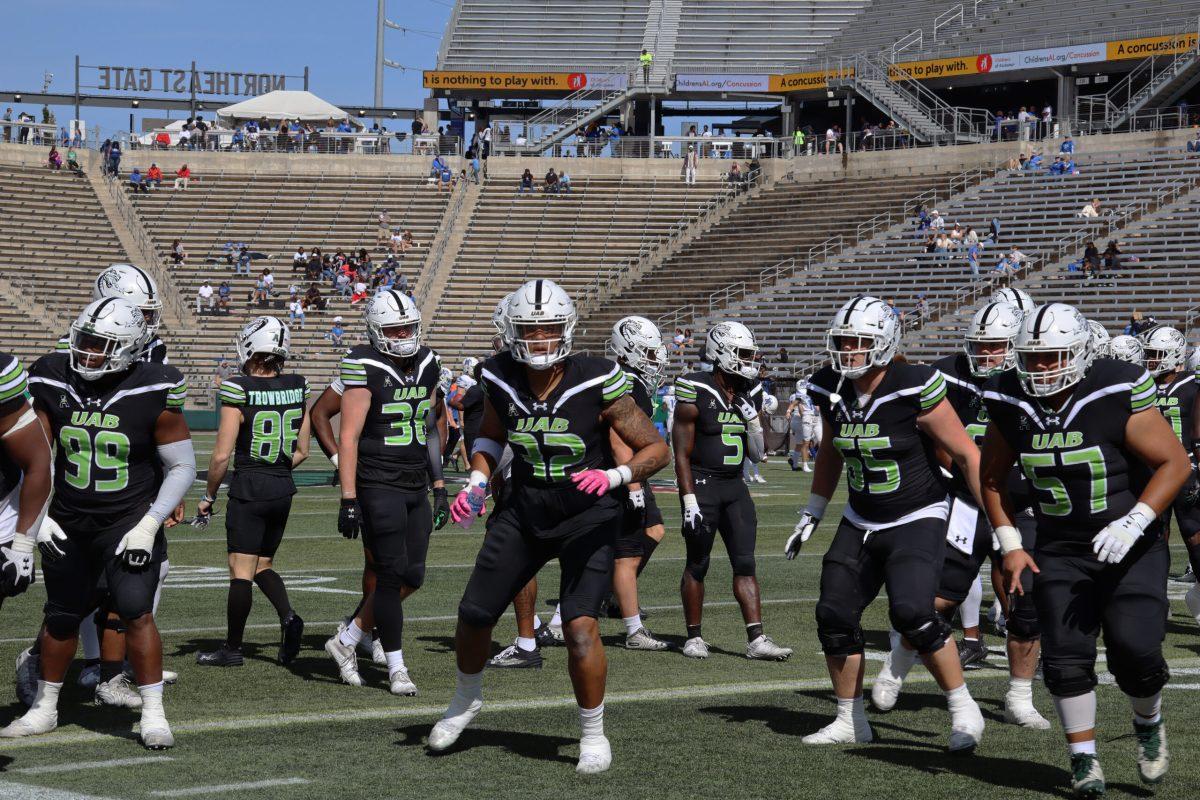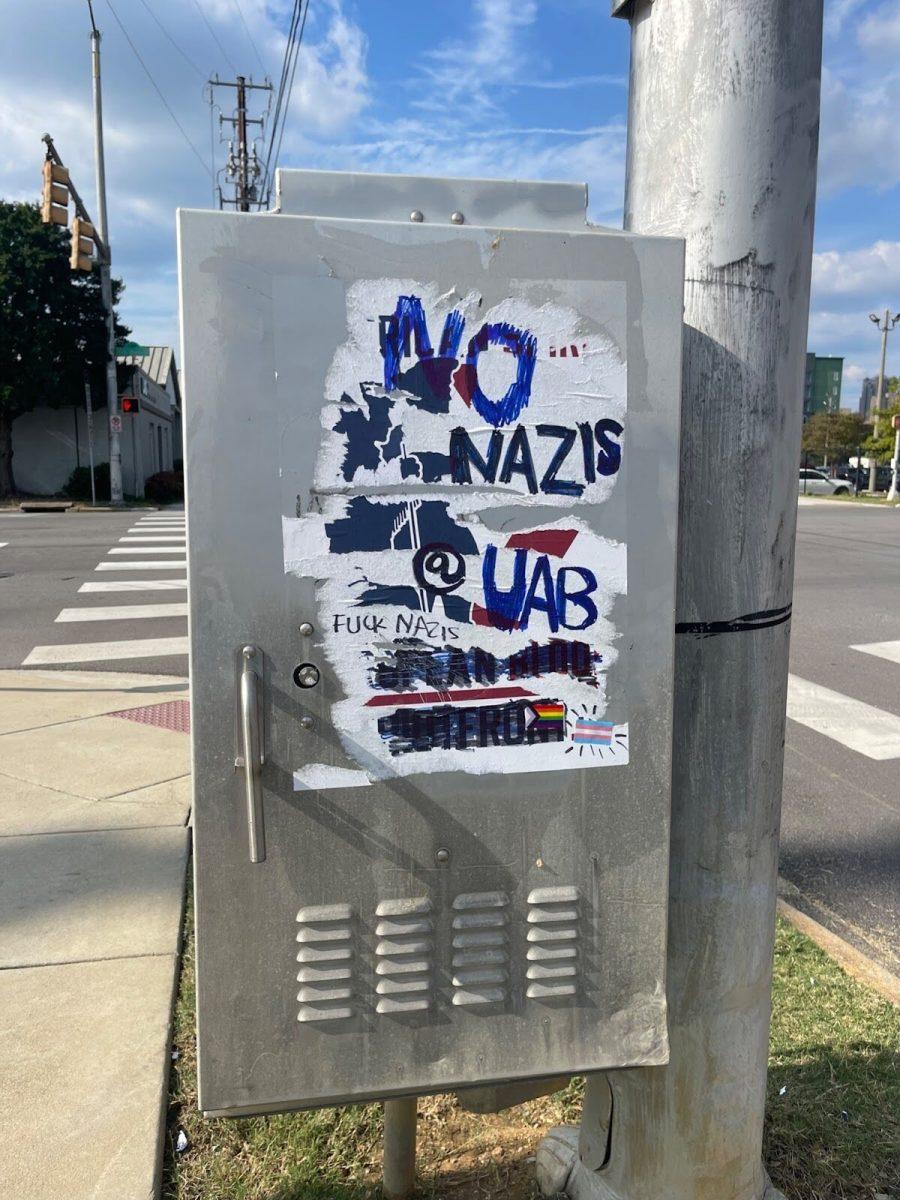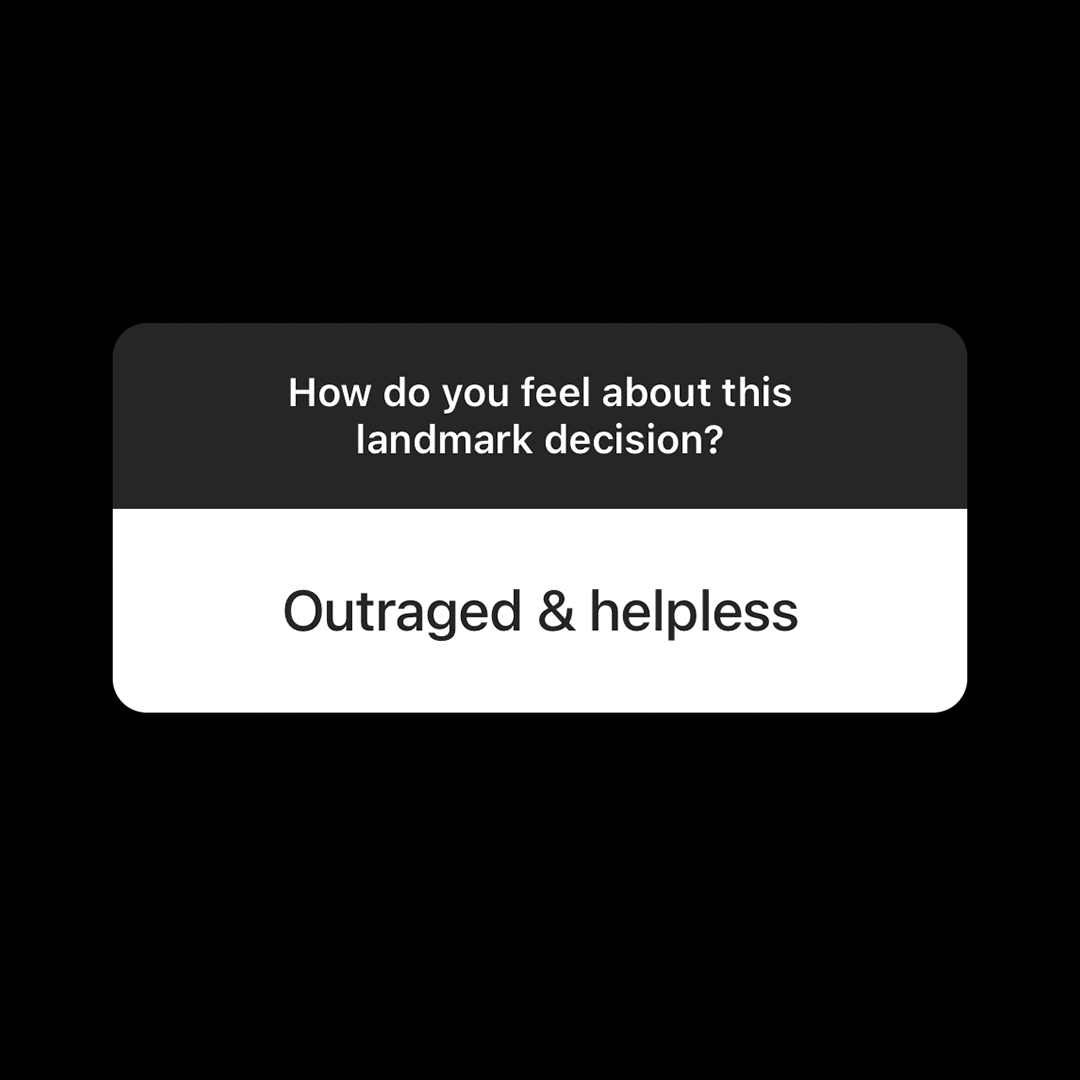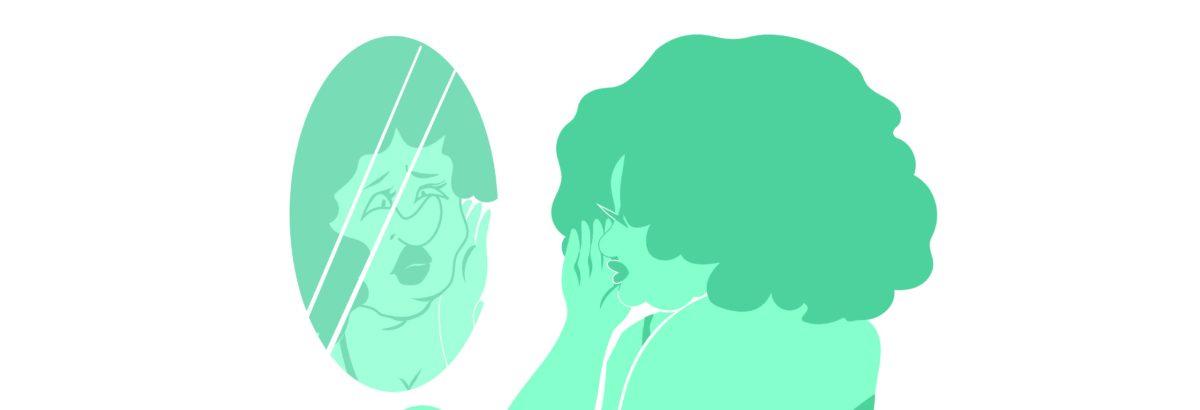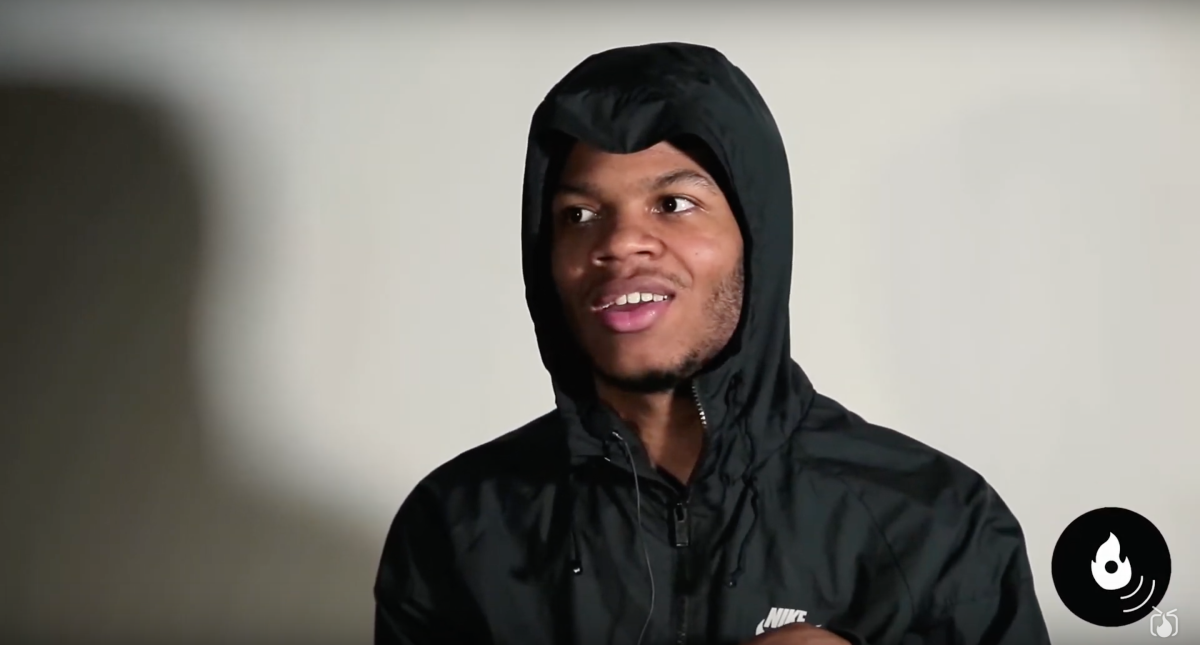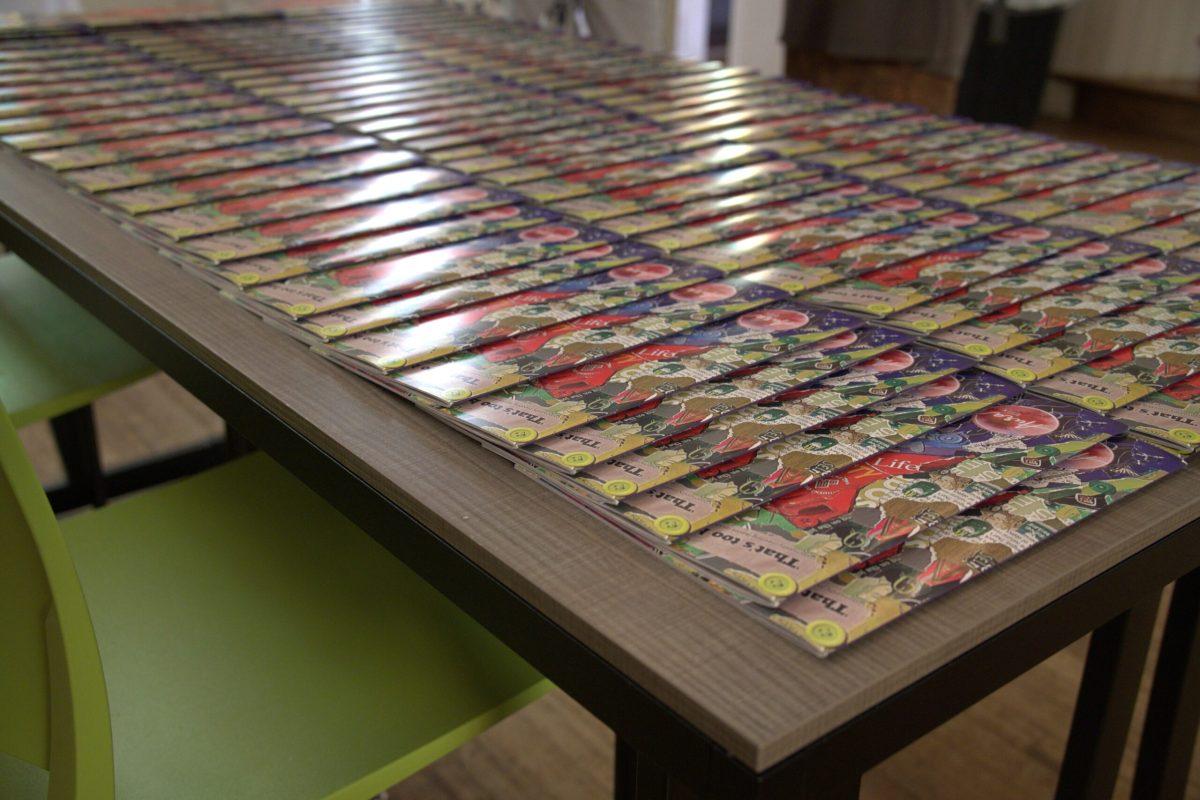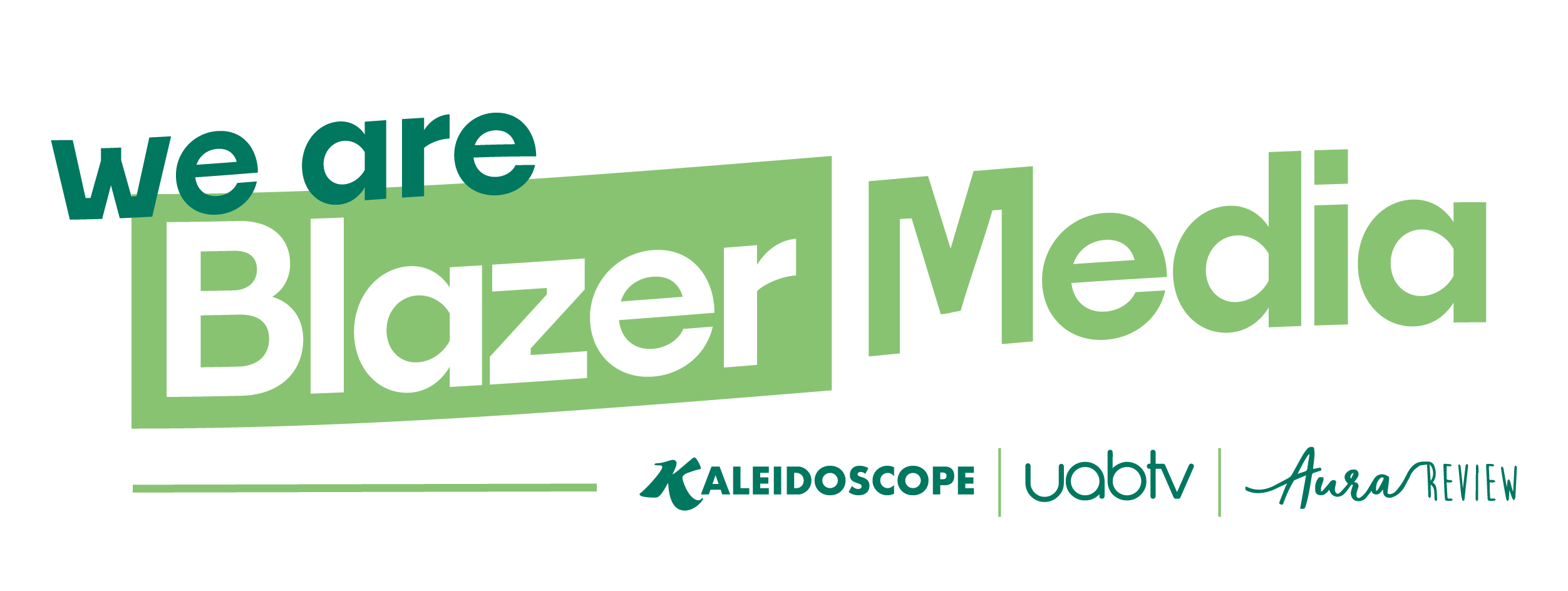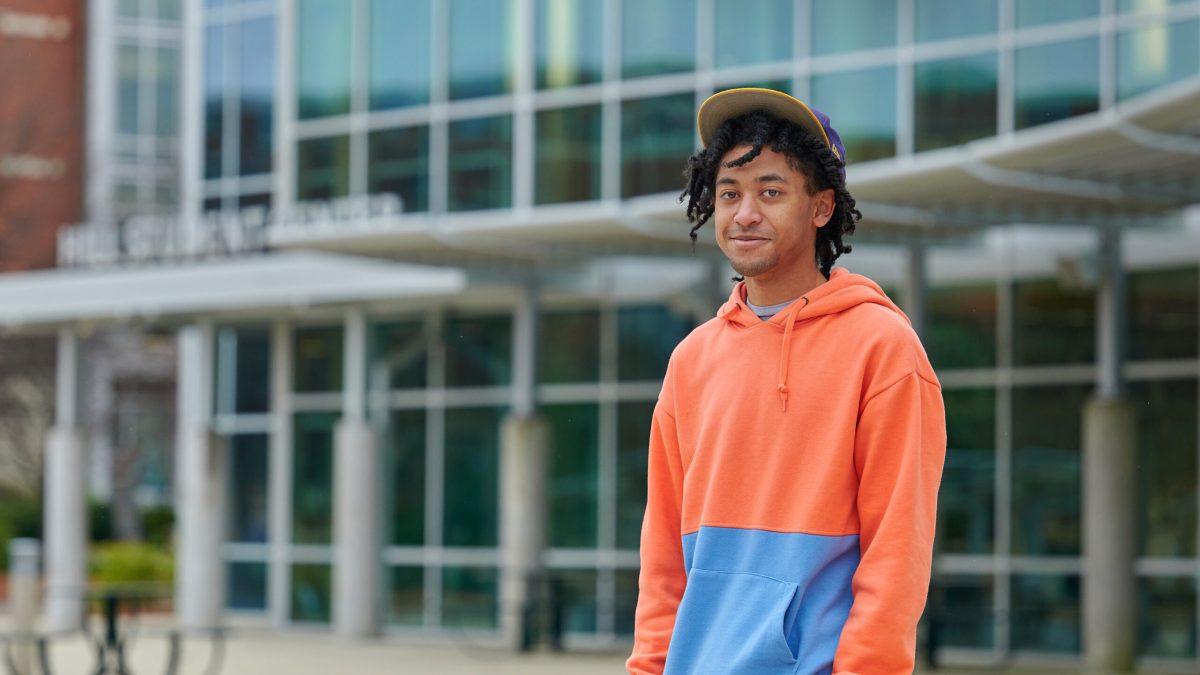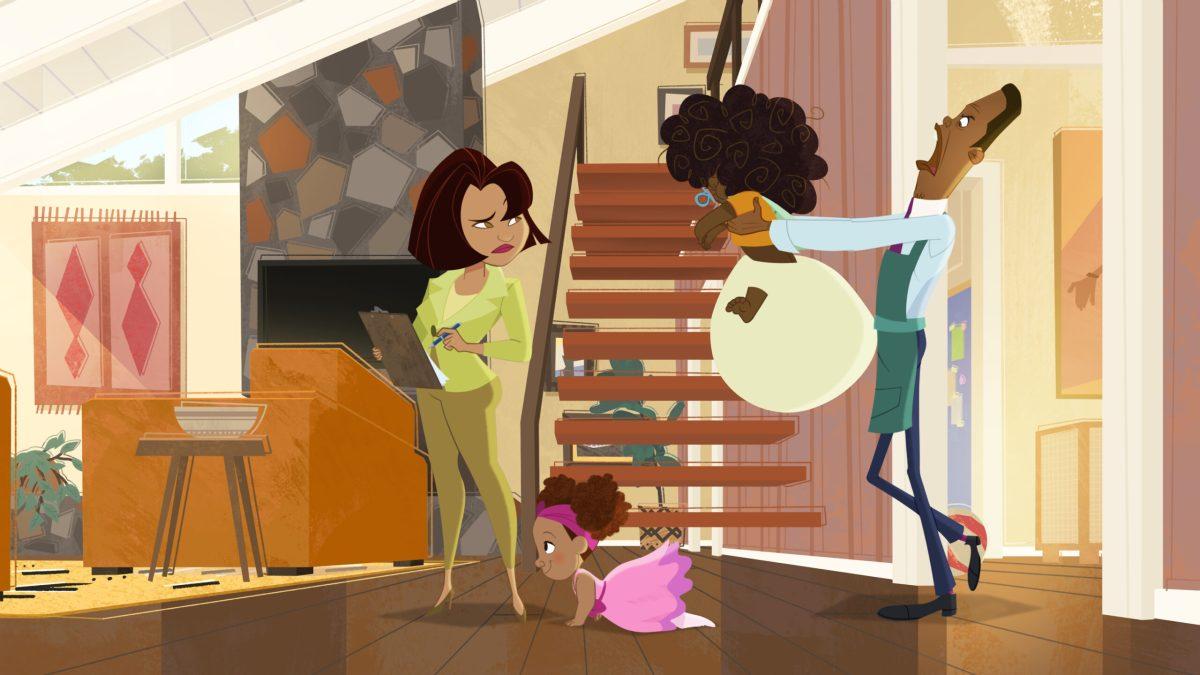This piece first appeared in our February 2021 Magazine.
Terms to know: Ally, Advocate and Activist?
Activists: Are on the front lines of change. They are the most engaged and leaders of the agenda at hand. They typically dedicate most of their livelihood towards a specific cause and often hold those in power accountable for their wrong doings.
Advocates: Are patrons or supporters for the work of activists. They donate, lobby and drive to spread the message to a broader audience around the world. They both raise awareness and fund activist efforts.
Ally: Allies typically share their support through social media or their social circle. They are willing to educate themselves about the efforts of activists and advocates.
Activism
Before we get into performative activism, we must understand the importance of activism. Activist efforts campaign for societal, political, environmental or even economic reform with the aims of changing society for the greater good. Activism has proven to be beneficial as people strive towards something bigger than themselves. Activism that promotes basic human rights brings gratification that benefits one’s well-being—people will appear to be happier or even satisfied with life when they work with their peers to improve society in general. It’s said that activism can:
- Be rewarding. Lobbying, advocating or standing up for others that are in need (especially for those that can’t) can be defined as heroism.
- Help channel anger. It can help advocates avoid the trauma or burnout that occurs when anger is not handled in an efficient or healthy manner.
- Provide a purpose in life. Allowing purpose or fulfillment in life helps people maintain optimism amid all the horrors and dangers life may bring.
Performative Activism
Now what marks the difference between performative activism and activism? After all they’re still doing principally good deeds, right? Performance activism is a form of activism that’s used to increase one’s social status or personal gain. Performative activism lacks the genuine support towards an issue or movement in exchange for appearing to be an active member of society. Performative activists only act as “allies” when it is most useful to them, being viewed as an ally (by society) allows them to avoid criticism or backlash. “Allyship” has been recently scrutinized for its low engagement and has been deemed as insincere, lazy or opportunistic—performative activism has even gone as far as to be named “#slacktivism” across social media platforms. Performative activism brings up several issues:
- Following trends that promote activist movements to save yourself from being called racist, ignorant, sexist etc. is an inability to understand or acknowledge the true problems at hand.
- Performative activism is a sign of silence—it shows unwillingness to take actions in real life. By not holding yourself or others accountable for their wrongdoings, nothing will ever get done or change. Social media posts of “solidarity” is hypocritical and is more harmful than good.
- It brings up issues of racial gaslighting which deflects important conversations about race and silences BIPOC (black, Indigenous and people of color) voices. Shutting out BIPOC dialogues, that are hopeful of change, causes them to become aloof and unable to speak out.
Activism is for people who are truly fed up with how things are being operated. They are tired and dedicated individuals in providing change that needs to be done. Change doesn’t happen overnight, and performance activism is a joke that subsides all the hard work that activists do. Reforming the system isn’t easy and not everyone will agree with it—but the last thing that any BIPOC wants is for fake allies to profit off the many years of oppression that we have faced.
